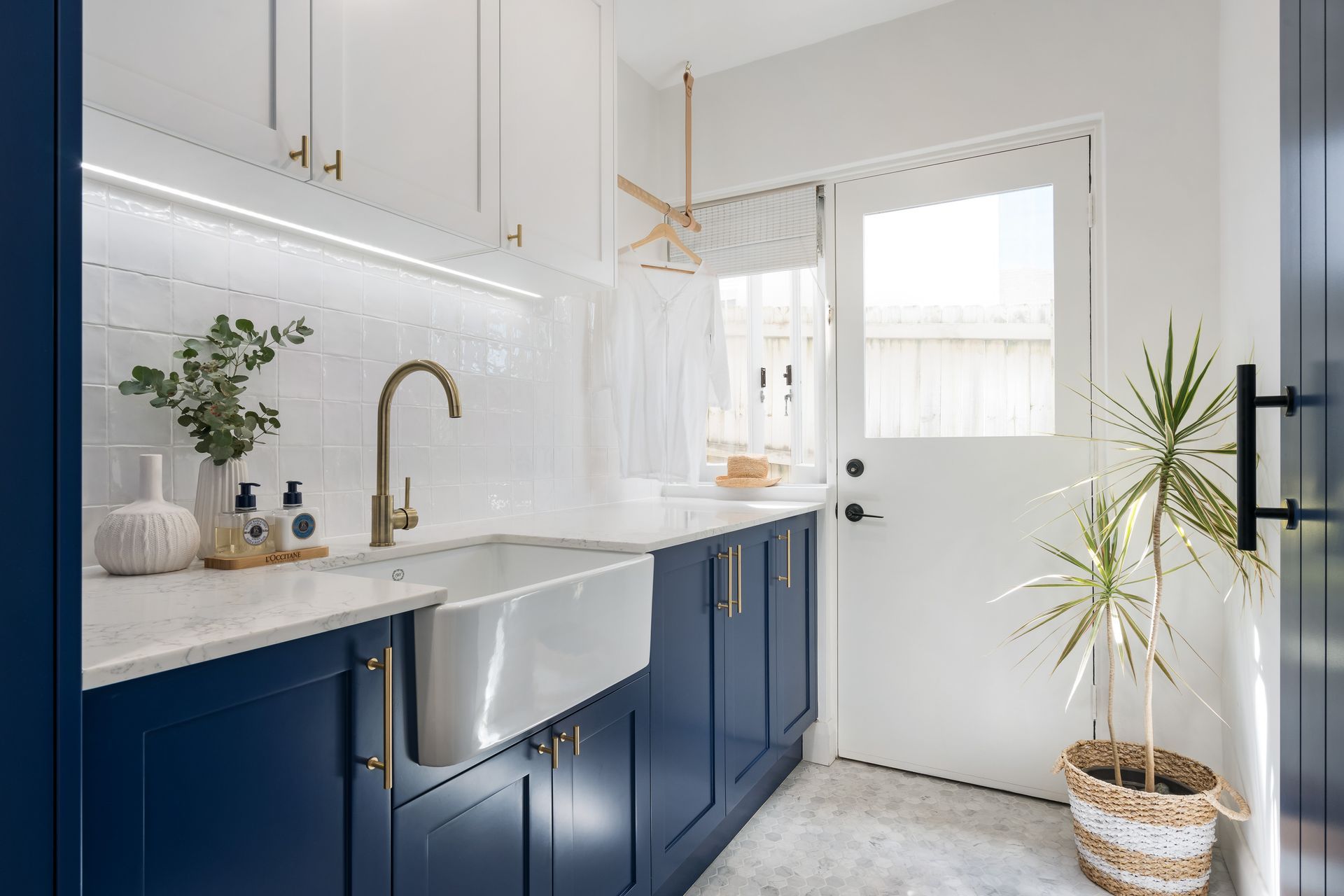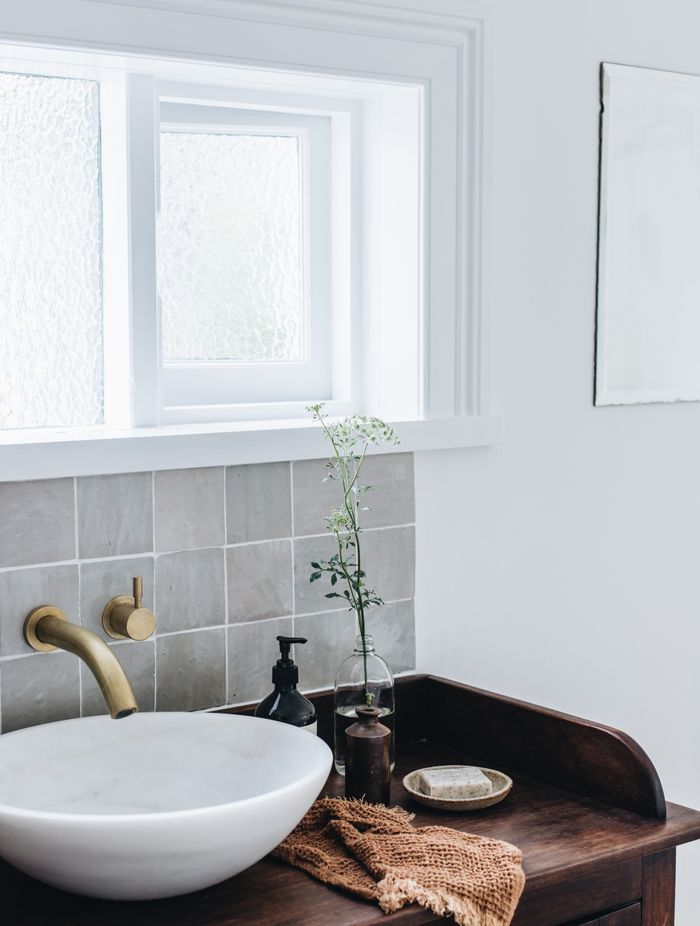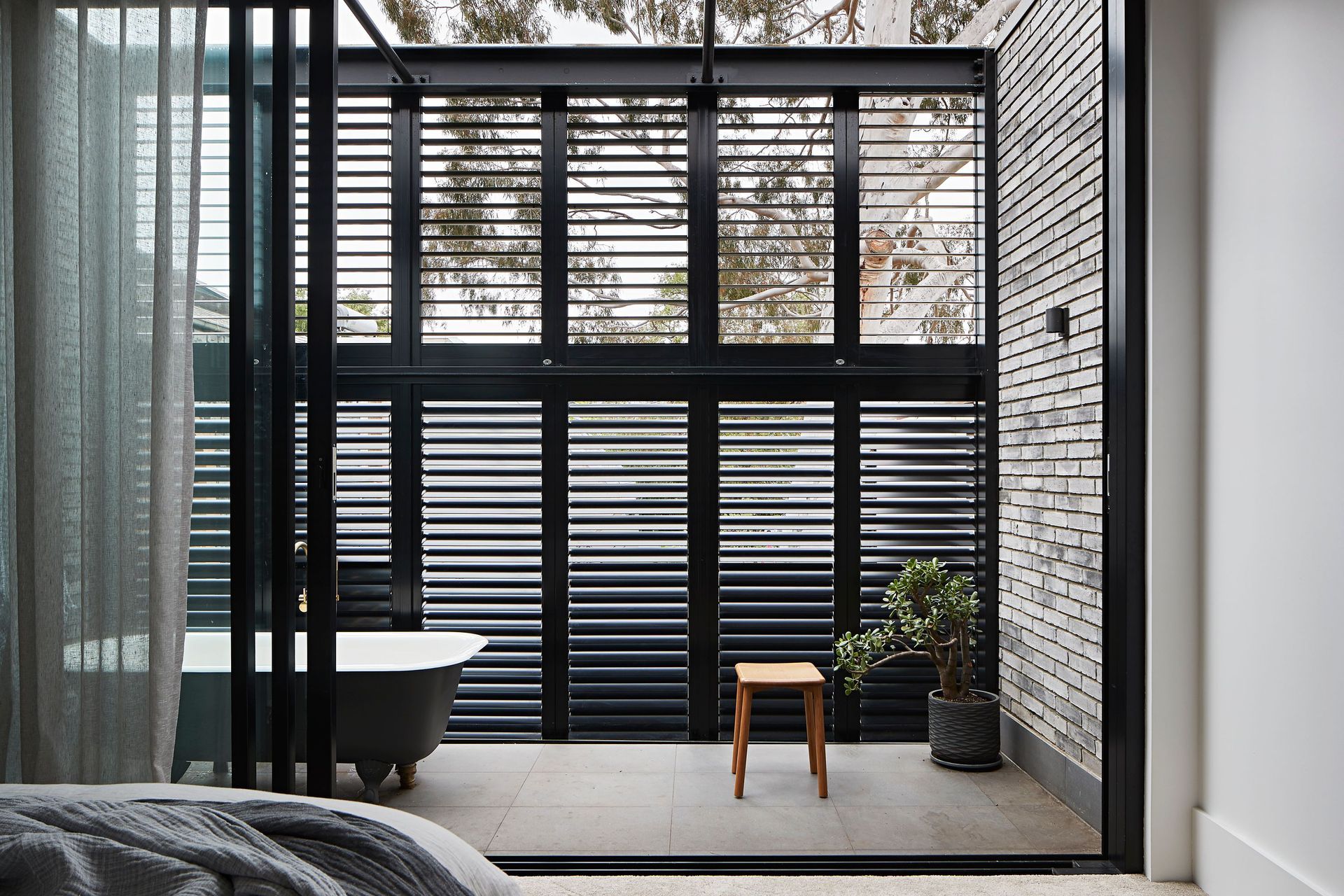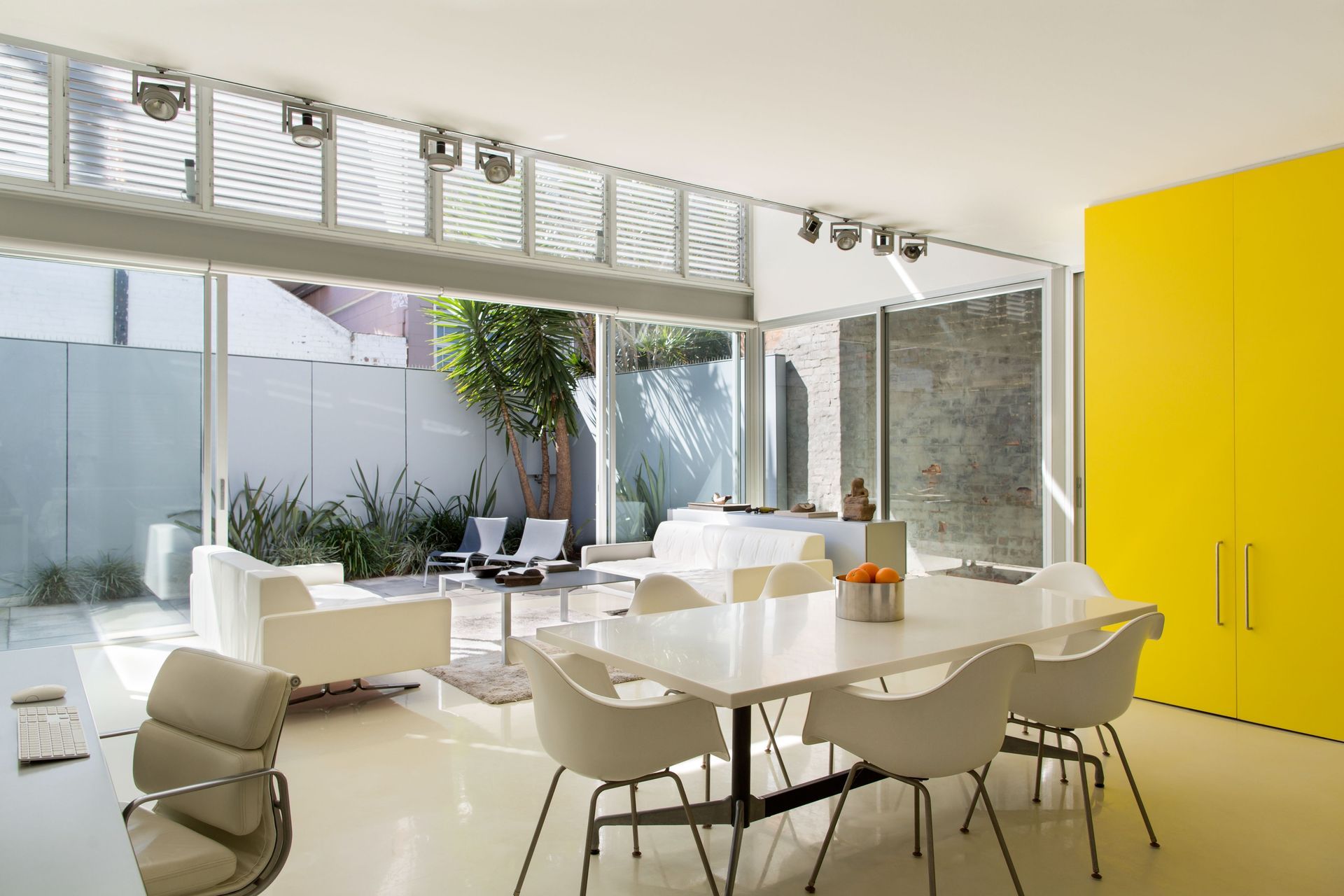How to prevent and remove mould after damp weather or floods
Written by
21 August 2022
•
5 min read

Mould is a common domestic occurrence that, when dealt with swiftly and effectively, doesn’t pose any immediate risk to you or your home. However, given the increasingly extreme wet weather events we’ve recently experienced in Australia, mould is becoming a serious issue.
More rain means an increase in humidity, which contributes to more condensation and moisture being trapped inside homes that either don’t have ventilation, or can't be ventilated sufficiently. Flood conditions result in building structures and furniture items absorbing water, and this cannot always be reversed.
What causes mould?
NSW Health reports that mould grows in wet or moist indoor areas that lack adequate ventilation, such as bathrooms, laundries and kitchens, and commonly grows on surfaces such as walls, wallpaper, ceilings, tiles, carpets, wall insulation and timber. The buildup of condensation on windows, window frames and mirrors also cause mould, as do untreated water-damaged surfaces and leaking plumbing. In fact, under the right conditions some mould can grow within 24 hours. Rising damp can also contribute to mould growth and is caused by ground moisture rising up brick or stone walls due to poor ventilation or trapped moisture in the sub-floor.
What does mould look like?
Mould can look like a growing patch of ‘fuzz’, a stain, smudge or similar discolouration on a surface and is most commonly black, green or white. However, Better Health Victoria recommends being wary of other types of mould that can present as grey, orange and brown as mould can change in appearance depending on age or life cycle stage.
Health issues caused by mould
All types of mould are classed as fungi and, similar to the average mushroom, some are harmless while others are deadly. While the World Health Organisation argues that no level of exposure to mould is considered safe, damp or wet conditions provide the perfect environments in which particularly toxic mould species can grow and release spores that can cause health problems when inhaled.
The Parliament of Australia Biotoxin Illnesses Report found that prolonged exposure to mould can cause symptoms such as congestion, wheezing, coughing, sneezing and respiratory infections, and can worsen asthma and allergies.
How to prevent mould growing in your home
There are some precautions homeowners can take to prevent the growth of mould in their homes. According to NSW Health, these include:
Increase ventilation: use exhaust fans in bathrooms, laundries and kitchens, opening windows and doors.
Reduce humidity: reduce the use of humidifiers, limit the number of indoor fish tanks and plants, reduce or discontinue the use of unflued gas heaters and vent clothes dryers externally.
General maintenance: repairing water leaks and plumbing problems promptly, keeping gutters clean and removing any stagnant collections of water.
Cleaning up: cleaning and drying water leaks, overflows or spills quickly – particularly from carpets – using a vacuum with a HEPA filter, discard anything that cannot be completely dried.
Fix rising damp: engage a building consultant to check the ‘damp course’ and recommend remediations, installing a new damp course or waterproof barrier in the wall, and ensuring weep holes and air vents at the base of your home are uncovered.
How to prevent toxic mould after rain and flood damage
The Queensland Department of Health recommends removing all excess water from the flooded environment and extracting all carpet, walls and flooring that have absorbed excessive moisture.
A flood-affected building should be dried out as quickly as possible by creating as much ventilation as possible via open doors, windows, fans and air-conditioners with a ‘dry’ setting. A flooded roof space will require similar treatment. Porous items that can’t be easily cleaned and have been wet for more than two days should be thrown out, such as mattresses, carpet, leather goods and ceiling insulation. Hard surfaces can be disinfected.
The Association of Wall and Ceiling Industries Queensland recommends that plasterboard may need removal from the level of inundation, and where the board has mould above the water line, then a proprietary cleaner containing bleach may be used. However, plasterboard that has to be removed should be taken to the nearest board joint above the inundation level and any wet insulation will also need to be removed.
How to remove mould from your home
Household cleaning agents and mould solutions can be effective at removing existing mould from your home when used correctly, but it’s important to note that bleach may not be effective on porous surfaces. The Tasmanian Department of Communities suggests trying natural mould remedies such as:
- Mix one teaspoon of tea tree oil with one cup of water then spray the affected area with the mixture.
- Mix 10 drops of grapefruit seed extract into one cup of water and spray the affected area.
- Spray white vinegar directly on to the affected area.
- Mix one cup of household bleach with three cups of water and wipe it on the walls – be sure to wear gloves and ventilate the area.
Australian consumer advocacy organisation Choice suggests that if mould covers a large area of your home, up to one square metre, and is dense, it’s best to call in an expert. Homeowners can expect to pay from $1500 upwards for an initial consultation, and from $2000 to $90,000 to remove the mould and rectify the problem depending on the severity and contamination level of your home.
Learn more about ventilating your home on ArchiPro.




